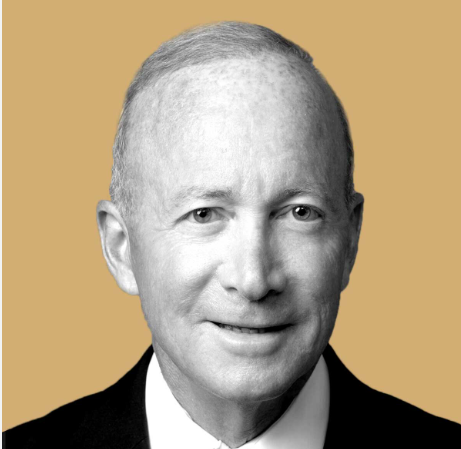Opinion piece by Mitch Daniels
Originally published in the Washington Post on January 29, 2024
The original Washington Post article can be found here.
Top-down, nationalized government continues demonstrating its ineptness and scandalous incompetence. The examples keep piling up: The Government Accountability Office reported last September that more than $100 billion was likely misspent or fraudulently stolen in pandemic relief programs, and the Education Department botched the rollout this winter of the new Free Application for Federal Student Aid, delayed for months and marred by a math error that could have cost students $1.8 billion in financial aid.
No wonder Americans regularly express far greater confidence in state and local governments than in the federal leviathan.
Our nonprofit sector should take notice. The massive foundations that command the headlines all too often squander fortunes on programs that produce no detectable improvements, “grand challenges” that remain no less grand after the money is spent.
Meanwhile, a very different category of charities steadily and quietly demonstrates the American “spirit of association” at which Alexis de Tocqueville marveled. The nation’s 900 or so “community foundations” arguably deliver more tangible, meaningful results than their vastly larger counterparts. And they do so in a participatory, ear-to-the-ground fashion that can preserve, or build, the social capital and sense of common purpose that is in distressingly short supply in today’s “bowling alone” America.
Community foundations are a Midwest invention and remain heavily concentrated in the heartland. The Cleveland Foundation, in 1914, is generally credited with being the first of its kind, but it was quickly followed by counterpart institutions in neighboring states. Although at least one can now be found in every state, one-third or more are in the Midwest, more than 200 in Michigan, Ohio, Illinois and Indiana alone.

These organizations leave worrying about ocean-boiling to the Fords and Gateses, aiming instead at the nitty-gritty problems that afflict their localities. Calls to foundation offices in my home state of Indiana produced a host of examples.
At the Owen County (population 21,482) community foundation, Karah described the successful construction of a bike and hiking trail from the county seat, Spencer, to the nearest state park. But with equal pride she recalled bailing out members of the Lions Club when their fish fryer failed on the eve of the county fair.
Lisa in Steuben County, home to 101 lakes (about one for every 340 people), cited her foundation’s funding of regular water-quality testing that maintained public confidence and tourism attendance over recent years. In Montgomery County, recent grants renovated two public parks and created badly needed child-care capacity.
But the good these brave little organizations do might be secondary to the way they do it. In this era of social atomization, many once-vibrant towns have seen the departure of major employers, along with the consolidation of their schools, banks and hospitals. These erosions, however rational their intent, damage the civic engagement and sense of empowerment on which self-governance depends.
Leaning against these trends, community foundations seek out and draw together as many of their neighbors as they can enlist in conceiving and deciding on their investments, serving as vehicles of consensus and cohesion.
Karah describes how a group of eight volunteers actively canvasses the county three times each year for requests and ideas. Kelly in Montgomery County works with a 13-member board to hold regular “listening sessions” and sees her office as the county’s “eyes and ears.” Tellingly, two of the three counties cited here are home to private colleges, but neither reports any of the town-gown conflicts that are all too common where two different cultures coexist in close quarters.
The profusion of these foundations in some places is the result of enlightened philanthropy by larger entities that jump-started the movement in states such as Iowa, Kansas and Indiana. The Lilly Endowment, faithful to that section of its founder’s assignment to promote community development in its home state, launched a major effort in 1990 to midwife new foundations in even the smallest of Indiana’s 92 counties.
N. Clay Robbins, then the endowment’s outside attorney and now its chairman and chief executive, recalls pushback from philanthropy experts who derided the plan, predicting it would lead to redundant administration costs and recommending one statewide organization. One suspects the criticism included a measure of doubt that, left in charge of the money, those local rubes wouldn’t make wise decisions.
The venerable principle of subsidiarity holds that decisions should be made as locally as possible. Both social progress and social harmony could be strengthened by the principle’s broader application. Stewards of both public and nonprofit funds should take notice.
The writer David Brooks has argued that the way back to a society more confident in its institutions is to encourage and strengthen localized activism. In 2018, he wrote, “Federal power is impersonal, uniform, abstract and ruleoriented. Local power is personalistic, relational, affectionate, irregular and based on a shared history of reciprocity and trust.”
Brooks was thinking about public-sector action, but his insight and the work of community foundations apply equally to the uniquely and proudly American philanthropic private sphere as well.
